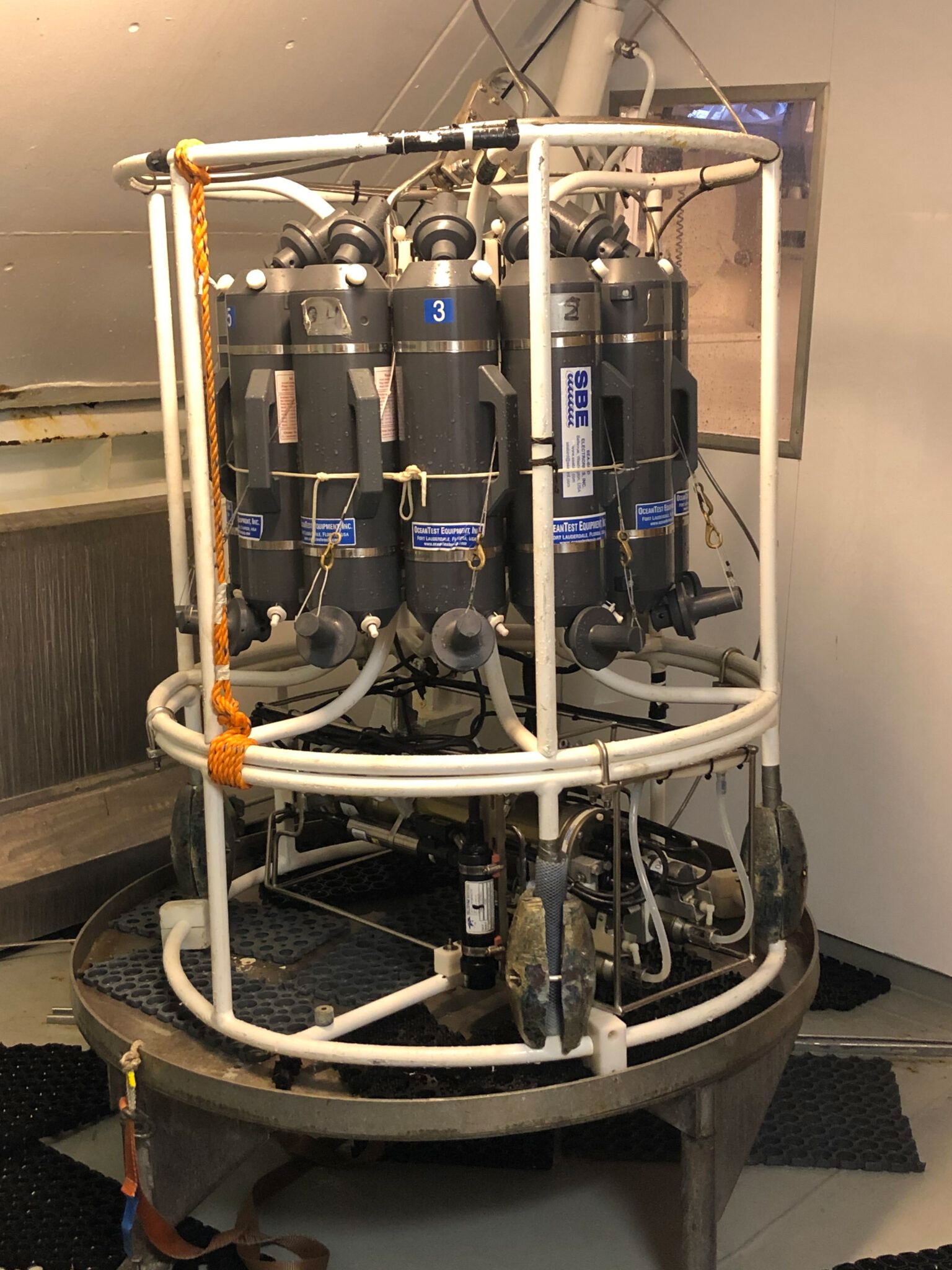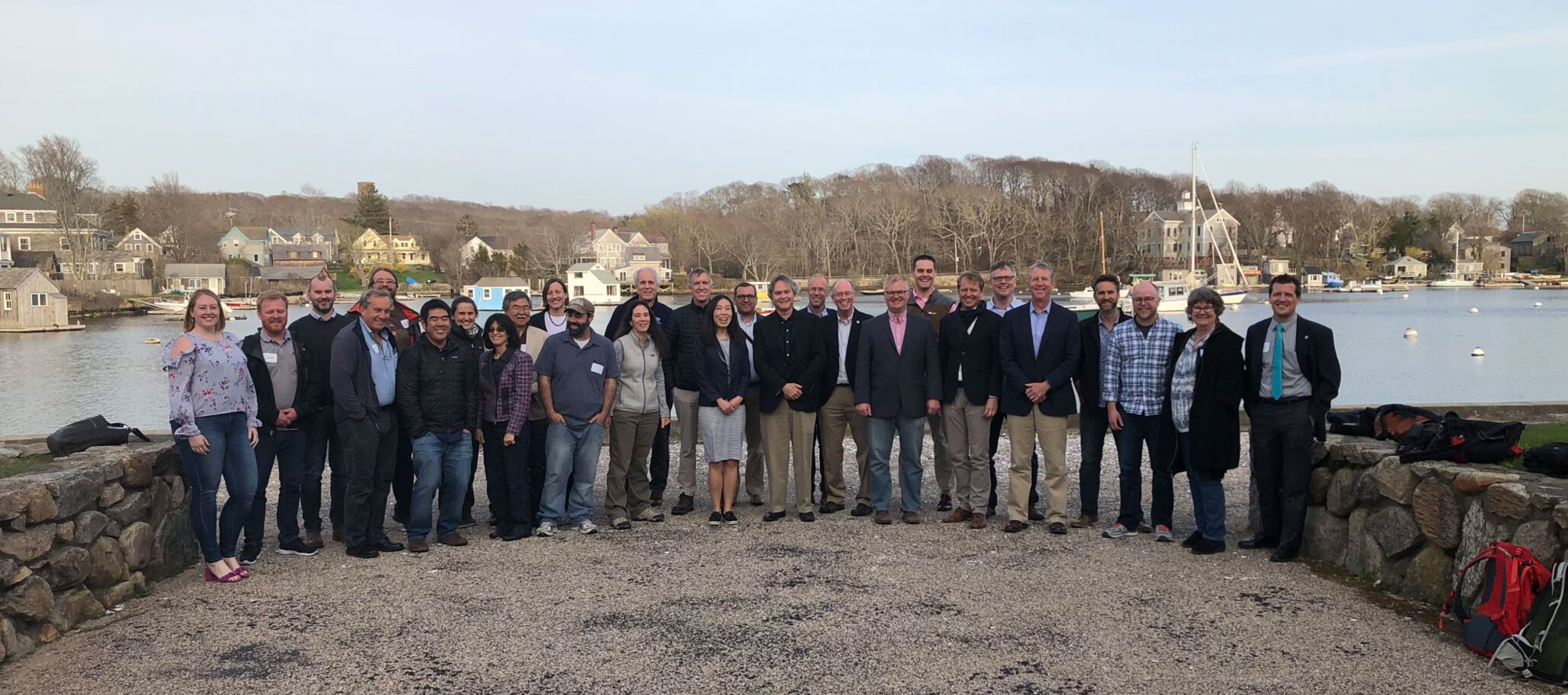
E-DNA: Using DNA in sea water to trace species
By:
Torild Johansen, Jon Ivar Westgaard and Per Arneberg // The Institute of Marine Research, Norway.
Jessica Rey // NORCE Norwegian Research Centre AS.
Kelly Goodwin, Mark Strom // NOAA Northwest Fisheries Science Centre.
1.
Fisheries management in Norway is based on the Norwegian Marine Resources Act. This act states that emphasis should be placed on an ecosystem approach that takes into account ecosystem and biodiversity considerations when managing living marine resources. In parallel with the development of this legislation, plans have been established for the implementation of holistic ecosystem-based management of all marine areas of Norwegian jurisdictions.
ADVERTISEMENT

Ecosystem-based fisheries management
Implementation of the Marine Resource Act, therefore, requires the development of ecosystem-based fisheries management (EBFM) for Norwegian waters. A recent report prepared by the Norwegian Institute of Marine Research, the Norwegian Directorate of Fisheries and the Norwegian Ministry of Industry and Fisheries has identified important knowledge gaps that need to be addressed for fully developing EBFM.
Various aspects of EBFM, such as the protection of vulnerable species and types of nature from the negative impact of fishing activities, are already followed up in the holistic ecosystem-based management plans.
Importance
In the United States, the management of deep-sea fishing is primarily controlled by the Magnuson-Stevens Act (MSA). Under the MSA, the National Oceanic and Atmospheric Administration’s National Marine Fisheries Service (“NOAA Fisheries” the USA’s counterpart to the Norwegian Institute of Marine Research) is responsible for giving the advice necessary to limit overfishing and rebuild populations, which will strengthen the economic and societal value of fisheries and the value of marine ecosystems. And like Norway, NOAA Fisheries has long recognised the importance of ecosystem-based fisheries management. NOAA Fisheries defines EBFM as “a systematic approach to fisheries management in a geographically specified area which helps to promote sustainable fisheries and sustainable ecosystems, recognises the physical, biological, economic and social interactions which occur between the affected fisheries-related aspects of the ecosystem, including people, and seeks to optimise the advantages of diverse societal aims”.
2.
Challenges involved in stock assessments
The assessment methods currently used on surveys to estimate the size of the fish stocks are expensive and labor-intensive. Consequently, the implementation of further innovative data collection methods to supplement and gradually expand our knowledge base, are needed. Such new methods aim to complement the basic data obtained by using traditional methods in order to improve accuracy and also provide better estimates of uncertainty.
Further, there are many commercial fish stocks for which no routine assessments currently exist, due to limitations in survey time, and/or incomplete knowledge of distribution. Other sources of uncertainty include the ability of fish to evade trawls during trawl surveys, the presence of fish stocks in protected marine areas or areas which cannot be trawled, or reduced expedition activities and other limitations in assessment needs, often due to limited funding.
Challenges involved in EBFM
In addition to the challenges associated with the accurate assessment of fish stocks, there is a need for increased knowledge about the ecosystems which support commercially important fish stocks.
The methods used for identifying and monitoring the status of the ecosystems in which the target species rely on have not kept pace with demand. This creates an urgent need to develop holistic monitoring methods.
This is due not only to the inherent complexity of the ecosystems but also because marine ecosystems across the globe are undergoing dramatic changes due to man-made climate change. For example, a well-documented change is now taking place in the geographical distribution of species near both poles as a result of climate change, something which is presenting new challenges in for the development of EBFM. This includes a need for more frequent updates of information on the prevalence of species subject to spatial management (for example, through the characterisation of «Essential Fish Habitats» in the United States).
However, these updates are often constrained by the limited availability of funds. Changes in species composition in ecosystems due to climate change will require more frequently updated data on these species in ecosystem models that will subsequently be used to provide tactical and strategic governance advice. Examples of this are observations of new compositions of zooplankton regimes and fish species in the North Sea which are having a huge impact on fisheries management.

3.
Need for better information
In addition, EBFM is being met with a need to obtain better information about aspects of ecosystems that are currently little studied, such as taxa related to microbial communities, mesopelagic species, gelatinous zooplankton and in many cases also krill and benthos. One such tool which has undergone explosive development over the past few years is the analysis of environmental DNA (eDNA). Advances in genetics and genomics, which include a variety of technologies and tools, are now providing us with the ability to increase knowledge about existing data collections, fill data gaps in existing methodology, and in some cases possibly replace current methods in a cost-effective and sustainable way.
eDNA methodology has already shown significant potential for cost-effective mapping and monitoring of the composition of species communities, pathogens and harmful algae blooms, and the effects of aquaculture of shellfish on biodiversity, and is now also being used to determine population structure and species/population identification of marine mammals.
Further basic research is needed
New research has shown that it may be possible to use eDNA to provide an estimate or measure of biomass for some species that can be used in the field of population assessments in fisheries management. To increase the precision of such an estimate, there is a fundamental need to understand the dynamics of eDNA in the environment.
Questions that it is important to understand are, for example, life-phase-specific specification of DNA (from the eggs, fry or adult stages) and the degradation of environmental DNA for each target species, as well as understanding the transportation of eDNA in the marine environment. This knowledge is necessary in order to link the results obtained from environmental DNA analyses to the amount and localisation of organisms. Preliminary studies on eDNA approaches are encouraging, but further basic research is needed before this type of analysis can be widely used.
This article is originally published by the Fram Forum


